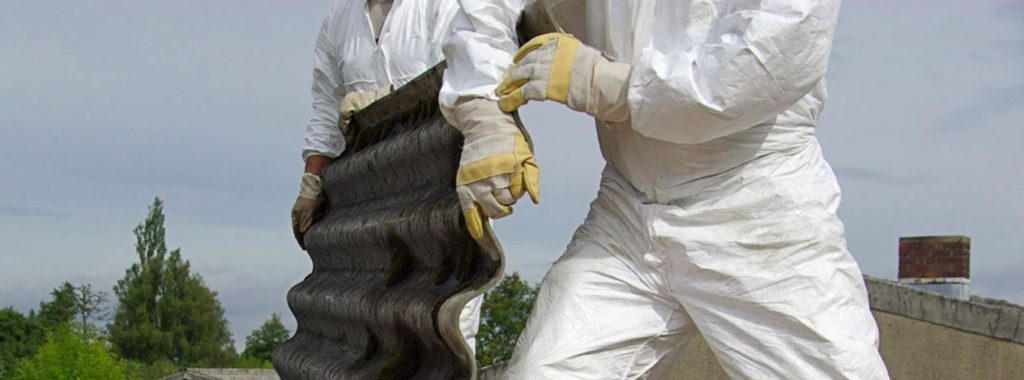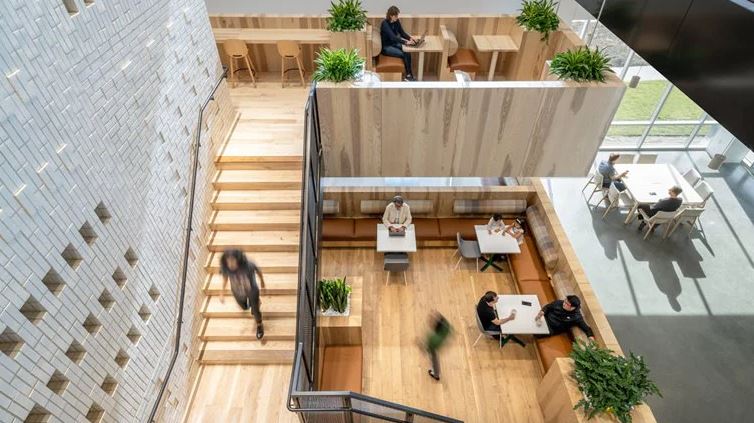Saving Money on Glass Repairs: Cost-Effective Solutions
With its clear, versatile, and often elegant appearance, glass has become an indispensable component of our modern infrastructure. Whether it’s the windows that let sunlight pour into our homes, the shower enclosures that add a touch of sophistication to our bathrooms, or the facades of towering skyscrapers, glass is everywhere. However, glass isn’t immune to wear and tear, as with all things.
Scratches, chips, and cracks can not only mar its beauty but also compromise its structural integrity. Addressing these issues promptly is essential, yet many property owners and managers are often taken aback by the potentially high costs associated with glass repairs.
Fortunately, with the right knowledge and approach, there are ways to ensure these repairs don’t burn a hole in your pocket. Dive in as we explore cost-effective solutions to saving money on glass repairs.

Understanding the Different Types of Glass Damage
In our world dominated by glass structures and fixtures, understanding the varied damages that can occur in this delicate material is the first step towards efficient management. Let’s take a closer look:
- Scratches: Often the most innocuous-looking but potentially the most annoying, scratches are surface-level damage. They are mainly cosmetic issues, but over time, if they increase, they can affect visibility and the overall aesthetic of the glass. Factors like abrasive cleaning, pets, or even environmental debris can cause these nicks.
- Chips: Think of chips as the warning signs. These small dings or notches may look minor but can quickly evolve. Left untreated, they can become the nucleus for larger cracks. The edges of windows and glass doors are especially susceptible to chipping.
- Cracks: These are the red alerts in the realm of glass damage. Cracks can range from small, almost hairline fractures to significant visible splits. They are unsightly and pose a genuine risk of the glass breaking further, especially when subjected to pressure or temperature changes.
- Breakages: The endgame of untreated damage are large areas where the glass has shattered or broken apart. Depending on the application (like windows or tabletops), these can pose safety hazards and often necessitate full replacements.
Preventive Measures to Avoid Costly Repairs
An ounce of prevention, they say, is worth a pound of cure. This old adage holds especially true for glass care. Here’s how you can proactively defend against costly or emergency glass repairs:
- Regular Cleaning: This isn’t just about aesthetics. Regularly cleaning your glass surfaces helps you spot potential damage early on. By identifying and addressing small scratches or chips at their inception, you can prevent them from escalating into more significant, expensive problems.
- Avoid Abrasive Cleaners: While scrubbing out that stubborn spot might be tempting, using abrasive cleaners or tools can cause more harm than good. They can introduce scratches to the surface, leading to further complications.
- Proper Installation: Glass damage can trace their origins to the installation time. If the glass isn’t correctly set, it might undergo undue stress, manifesting as cracks or breaks over time. Always ensure professional installation or, if DIY-ing, follow guidelines meticulously.
- Weatherproofing: Weatherproofing is essential for homeowners in regions prone to extreme weather conditions. Ensuring your windows are sealed against the harsh elements can prevent damage from frost, hail, or even strong winds.
- Using Tempered Glass: Investing in tempered glass can be a game-changer for areas with high traffic or risk (like bathroom enclosures or stairway railings). It’s tougher than regular glass and, when it breaks, shatters into small granular chunks, posing less risk of injury.
Cost-effective Solutions for Glass Repairs
Realistically speaking, damage can and will occur even with the best preventive measures. But fear not, for there are wallet-friendly solutions at hand:
- DIY Solutions:
- Scratch Fillers and Repair Kits: Available at most hardware stores, these kits have the essentials to patch up minor scratches effectively.
- Clear Nail Polish: A surprising hack, clear nail polish can fill and seal minor scratches, making them less visible.
- Super Glue: For those tiny chips, a dab of super glue can temporarily fix them, preventing them from growing.
- Professional Solutions on a Budget:
- Local Glass Repair Specialists: Instead of immediately opting for big brands, scout for local artisans or businesses. They often offer competitive rates and quicker services.
- Bulk or Frequent Repair Discounts: If you’re looking to fix multiple glass items or foresee future repairs (for landlords or property managers), inquire about discounts for bulk jobs or loyalty programs.
- Insurance: Depending on the damage’s nature and location, your homeowner’s insurance or warranty might cover it. Always check your policy details before diving into out-of-pocket repairs.

When to Replace vs. When to Repair
Navigating the decision between replacing and repairing can often seem daunting. Here are some considerations to guide your choice:
- Evaluating





